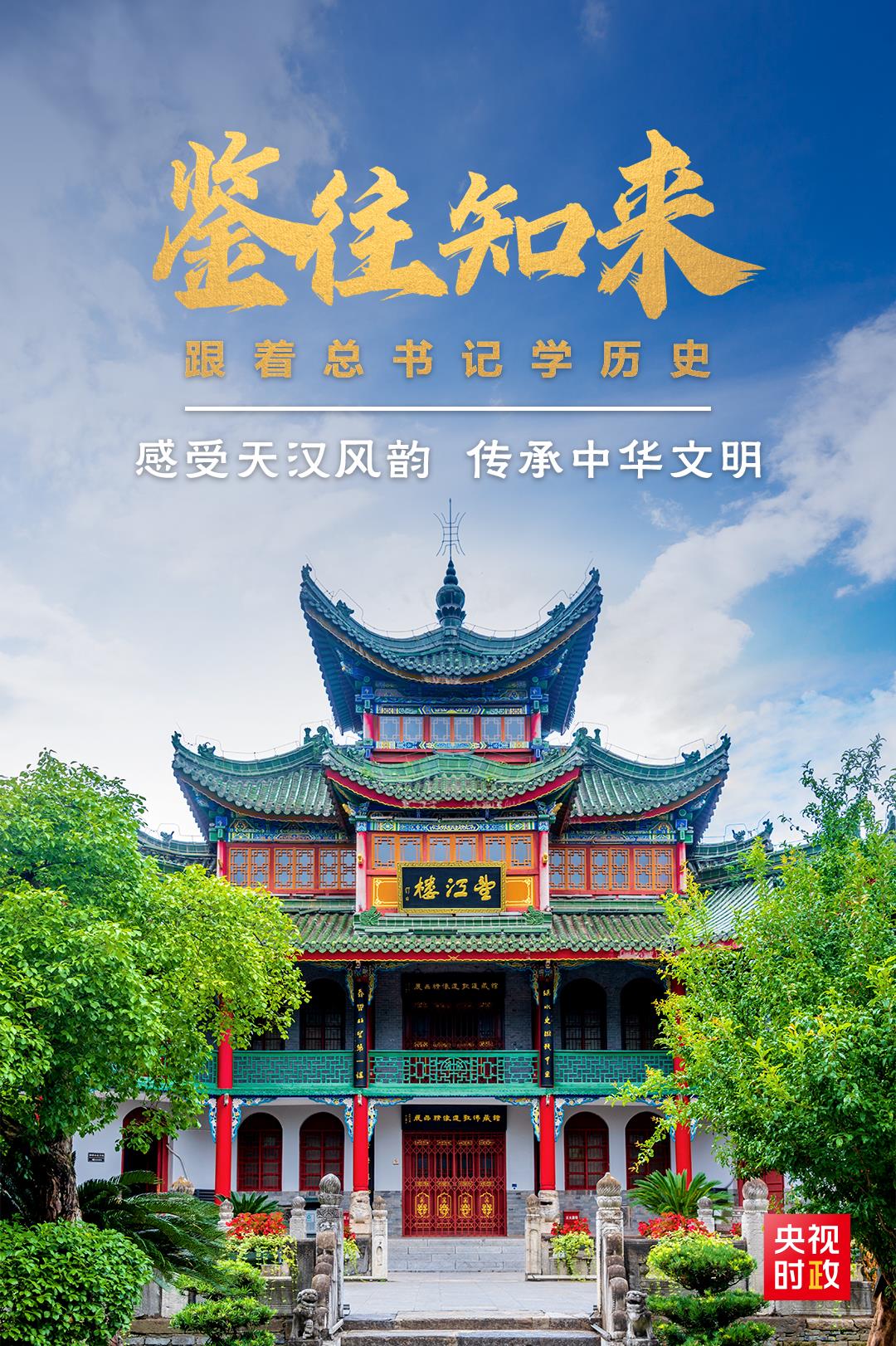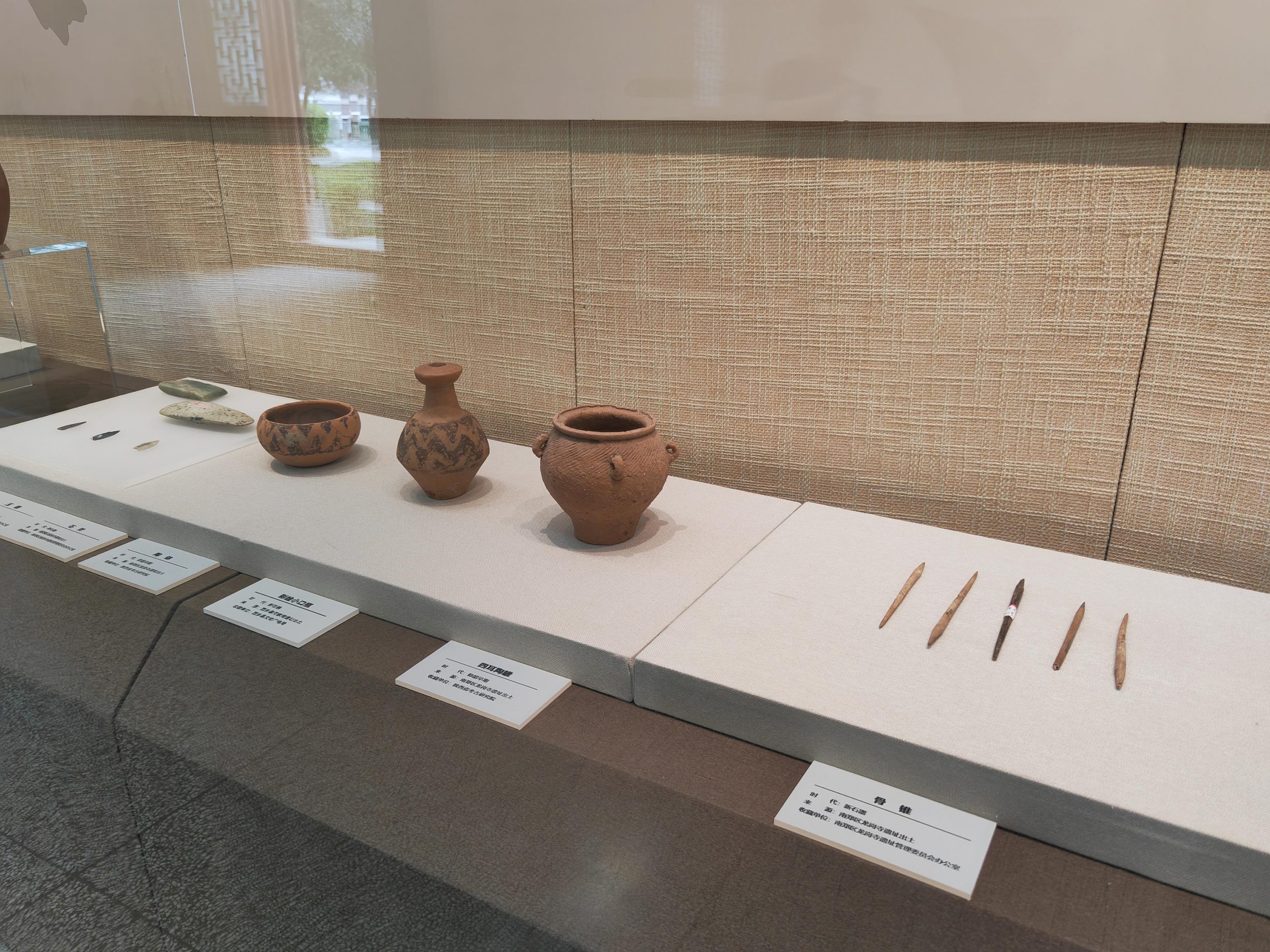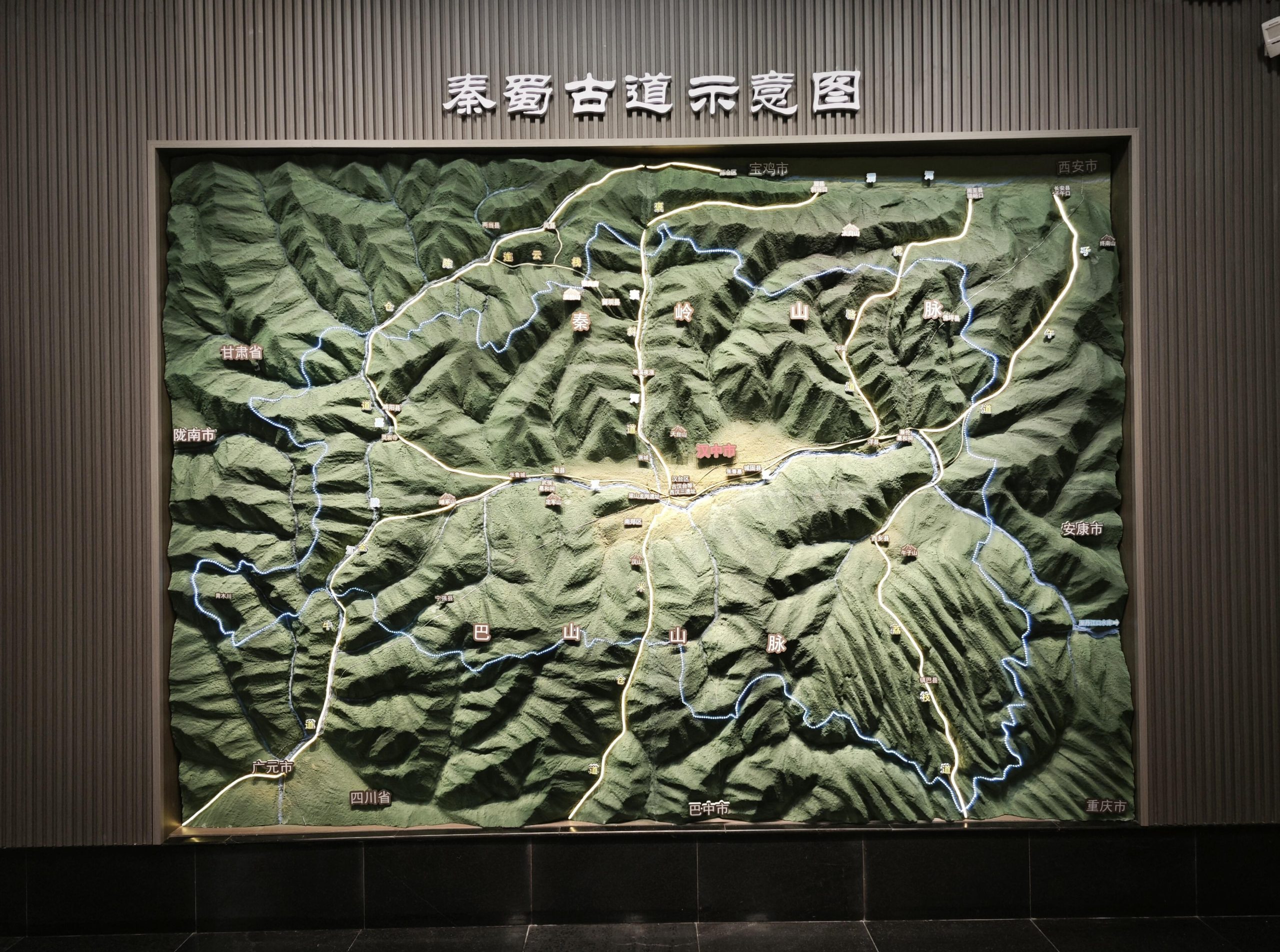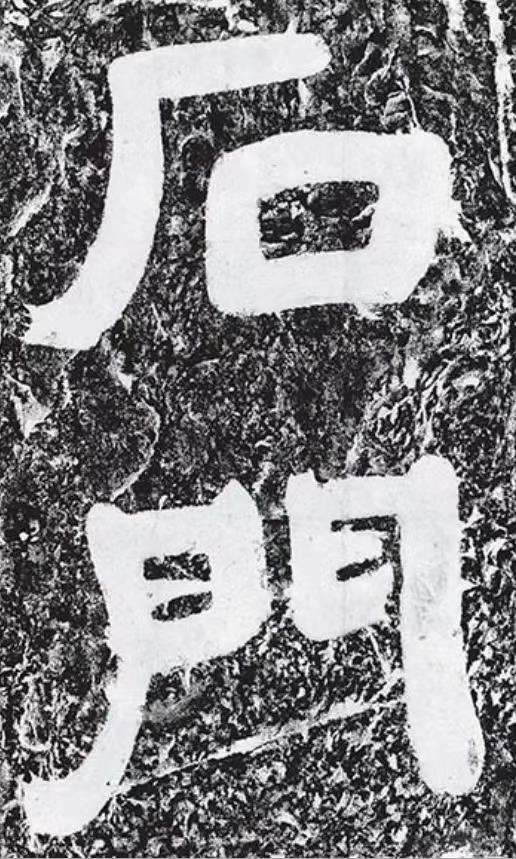Learn from the past and learn from the past, follow the general secretary to learn history, feel the charm of Tianhan and inherit Chinese civilization.

Hanzhong City, Shaanxi Province, is one of the birthplaces of human civilization. On July 29th, General Secretary of the Supreme Leader visited Hanzhong City, visited the exhibition of historical relics in Hanzhong Museum, and learned about the historical culture and cultural relics protection in Hanzhong. He pointed out that it is necessary to give full play to the important role of museums in protecting, inheriting, researching and displaying human civilization, protect the Chinese context, make cultural relics alive and expand the influence of Chinese culture.
Learn from the past and learn history with the general secretary. Today, I walked into Hanzhong City to feel the charm of Tianhan and inherit Chinese civilization.
Chinese cornucopia, birthplace of Han family
Hanzhong City is located in the southwest of Shaanxi Province, bordering on Sichuan Province. It is named after the Hanshui River flows through this place, and it was also called "Tianhan" in ancient times.

△ Cultural relics unearthed in Hanzhong area (photographed by CCTV reporter Cheng Cheng)
As early as the Paleolithic Age, there were primitive ancestors in Hanzhong. A large number of historical relics, such as stone tools and pottery, have been unearthed in the local Longgang Temple site and Mang Cave site, which proves the civilization and glory of Hanzhong.
In the Xia Dynasty, the Youbao family, south of the Qinling Mountains, established a praise country in Hanzhong and became a member of early China. Since then, Hanzhong has opened a splendid civilization of Xia, Shang and Zhou dynasties.
After the demise of the Qin Dynasty, Liu Bang took Hanzhong as his birthplace and achieved the inheritance of the Han family for more than 400 years. Han dynasty, Han nationality, Han nationality and Chinese have come down in one continuous line to this day, forming a splendid Chinese culture.
"Every brick and stone records the vicissitudes of history." Hanzhong’s historical remains, such as worship altar, ancient Hantai, Yinmachi, Baoxie plank road and cliff stone carvings, silently tell people the endless life of Chinese civilization.
Praise the oblique plank road for crossing the Millennium.
The Hanzhong Museum visited by General Secretary of the Supreme Leader is a community museum based on the "Three Sites of the Western Han Dynasty". Among them, Guhantai was once the palace site where Hanwang Liu Bang had been stationed. There is not only the Wangjiang Tower, which enjoys the scenery of Qin and Shu at a glance, but also the famous ancient plank road at home and abroad.

△ Wangjianglou, located in Hanzhong Museum (photographed by CCTV reporter Cheng Cheng)

△ Stone carvings of Hanzhong Museum (photographed by CCTV reporter Cheng Cheng)
"It’s hard to get through the road, but it’s hard to get into the sky!" In order to cross the Qinling-Bashan Mountains, ancient ancestors made holes in the cliff where they passed, inserted beams, laid boards and built plank roads.
Hanzhong is a transportation hub connecting Bashu and Chang ‘an in ancient times. There are seven plank roads in the territory, which is known as the "hometown of plank roads". Among them, Baoxie ancient plank road has the earliest opening time, the largest construction scale and the longest use time, and is called "the crown of Shu Road".

△ Schematic diagram of Qin-Shu ancient road (photographed by CCTV reporter Li Bing)
As a traffic artery connecting the Central Plains and Southwest China in ancient times, the plank road in Hanzhong promoted regional economic prosperity and cultural exchanges, showed the spirit of the ancients to open up the road to Xinjiang and forge ahead, and left behind historical allusions such as "building the plank road in an open way, hiding the darkness".
Shimen yunhui national treasure
At the southern end of the ancient plank road in Baoxie, there is a manually dug tunnel named "Shimen". Shimen Tunnel was built by "fire and water excitation" in Yongping period of the Eastern Han Dynasty, and it is also the earliest manually dug tunnel in the world.
After the opening of Shimen Tunnel, there was a constant stream of officials, businessmen and literati in the past, leaving many inscriptions on the cliffs inside and outside Shimen. Among them, thirteen stone carvings are particularly precious, and they are called "Thirteen Stone Gates". In the sixties and seventies of last century, due to the construction of water conservancy, the "Shimen Thirteen Products" was chiseled and moved to Hanzhong Museum, and it has been restored and displayed to this day.

△ "Shimen" Cliff rubbings (partial)
"Shimen Yunhui, jumping out of the cliff treasure of the book world; Fortunately in Han Dynasty, there is still priceless history. " "Thirteen Classics of Shimen" is not only an important document in the history of transportation, water conservancy and science and technology in ancient China, but also of great significance to the study of the evolution of ancient Chinese characters and the development of calligraphy art.
Between square inches, a thousand years at a glance. From the "light of ancient Shu" in Sanxingdui Museum to the "charm of heavenly Han" in Hanzhong Museum, we can see the profoundness and long history of Chinese civilization.
As General Secretary of the Supreme Leader said, "A museum is a big school." Inheriting Chinese civilization and protecting cultural roots, this "big school" shoulders a sacred mission.
Producer: Shen Yong Zhao Xuehua Gong Xuehui
Chief writer Liu Huimin
Reporter Li Bing Cheng Cheng
Broadcast Li Chun
Audio production Liu Yifei
Visual sense